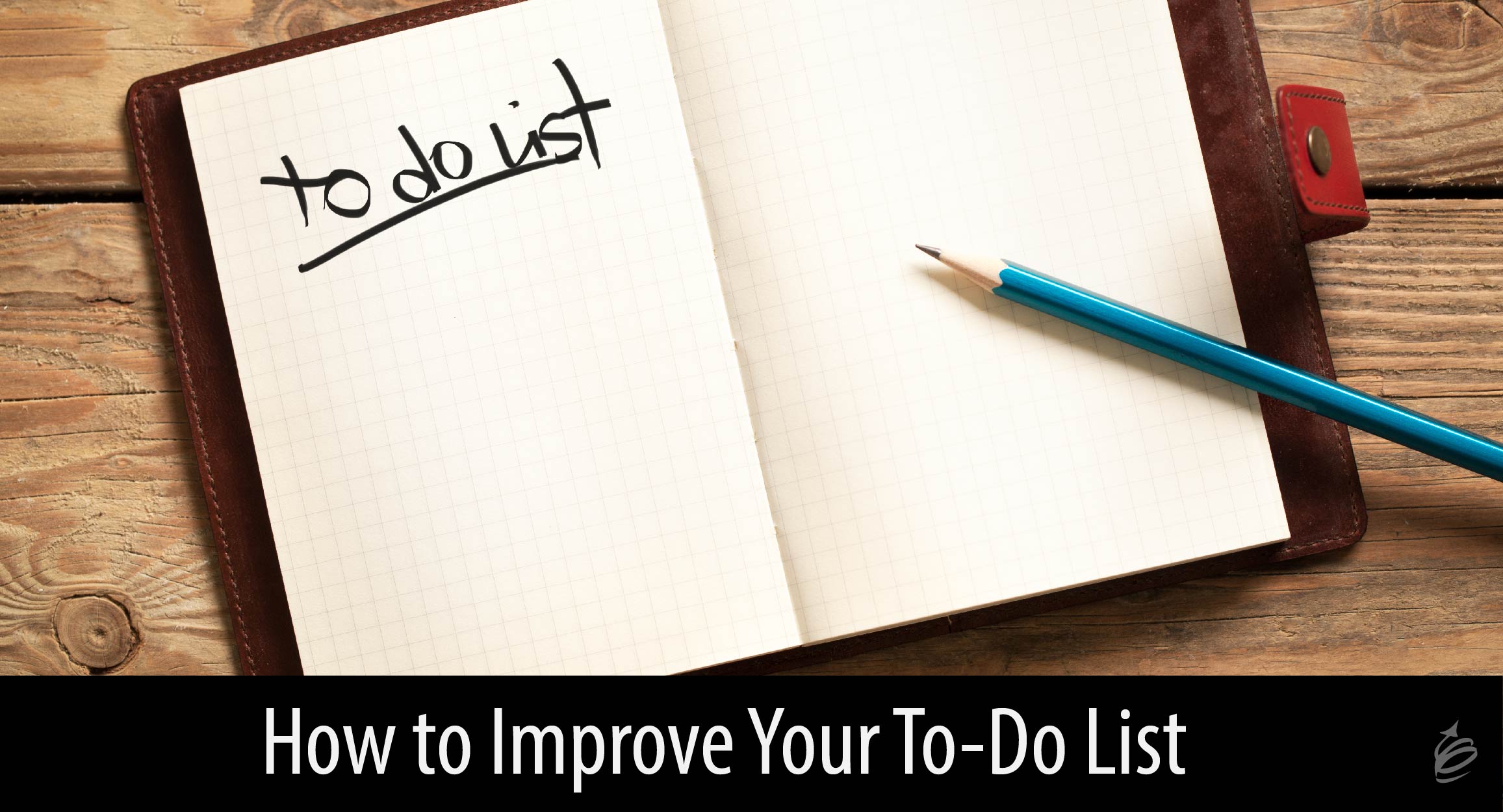 You fall into one of two camps: you make to-do lists, or you don’t. If you are a to-do list person, what I am going to share with you today will instantly make your list more helpful and enable you to get more done. If you aren’t a to-do list person, read on, because this advice may change your mind.
You fall into one of two camps: you make to-do lists, or you don’t. If you are a to-do list person, what I am going to share with you today will instantly make your list more helpful and enable you to get more done. If you aren’t a to-do list person, read on, because this advice may change your mind.
I’m writing this article because I wanted to share this idea with you when I wrote an article titled The Question That Can Make Your To-Do List More Manageable; but the article got too long, so I resolved then (actually I put it on my to-do list) to write this as a follow-up. While this advice stands alone, if you enjoy this, you might want to read that article too.
I know I’ve made a big promise, so let’s get to it. To do that, we need to understand some more problems with most people’s to-do lists.
They are too big or broad. Most people will put items on their lists that look more like projects. Have you ever looked at an item on your to-do list and been immediately overwhelmed? If the item on the list is too big, it will be hard to accomplish it today, especially with all of the rest of the items also on the list.
They are stream of consciousness. While a to-do list can be a memory aid; a repository for actions that we can’t forget, that creates problems of its own. Yes, we need a way to remember what we need to accomplish, but if that is all it is, it is no wonder it becomes unmanageable.
They aren’t clear enough. If you are using the list to guide your activities during the day, you should be able to read them and know what needs to occur. If you have ever looked at an item on your list then had to think through what it meant, or what you had to accomplish, you have experienced this problem.
The Solution
To make your to-do list as helpful as possible, the items on the list must be action focused. After all it is called a “to-do” list. When you turn every item on your list into an action with a clear outcome, you will be more focused and better able to get it done. How do you do that? First, let’s look at items on a typical list:
- Budget
- Article
- Project A
These may trigger our memory, but they aren’t very actionable or clear, are they? Instead, let’s write them as outcomes to be achieved. Specifically, write them in a noun verb, past tense format. Here are some examples:
- Budget reviewed
- Article written
- Project plan updated
This makes them all bite-sized, clear, and actionable. It also makes it completely clear when you can get the satisfaction of crossing the item off your list.
While I don’t use this format as religiously as I could, I know this for sure – when I do, I am more productive and get better results. Since I know it works and don’t always do it, a couple of other lessons for you when it is new to you.
- The format may feel strange. It will take awhile to get used to it. Like any new habit, it will take a while. Part of it is habit, and part of it is simply getting clearer on what you actually need to do. It is worth the effort.
- Does the format matter? You may wonder can you write “Update project plan” instead of “Project plan updated.” Of course you can (and that is far better than “Project A”). However, when we write it as noun verb past tense, we are helping our brain get closure by stating it as if it is already achieved.
Give this approach a try, and I bet you will see improvement in your productivity almost immediately. As a side benefit, you will get the smile that comes with crossing more items off your to-do list every day.

0 comments